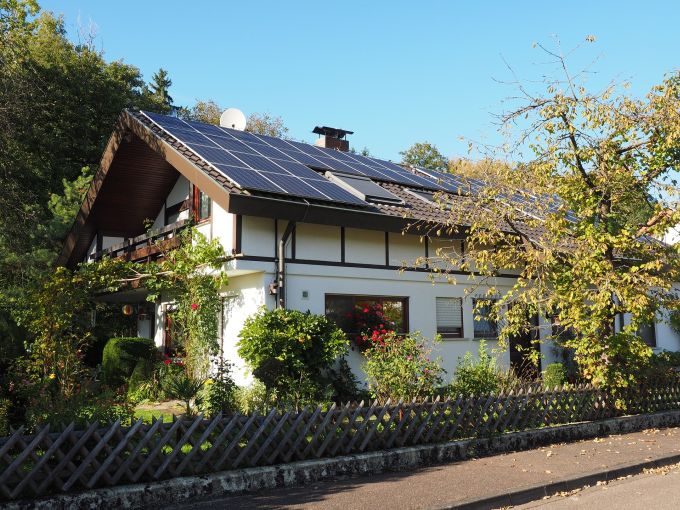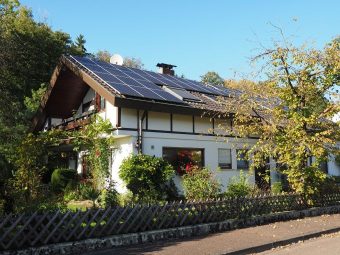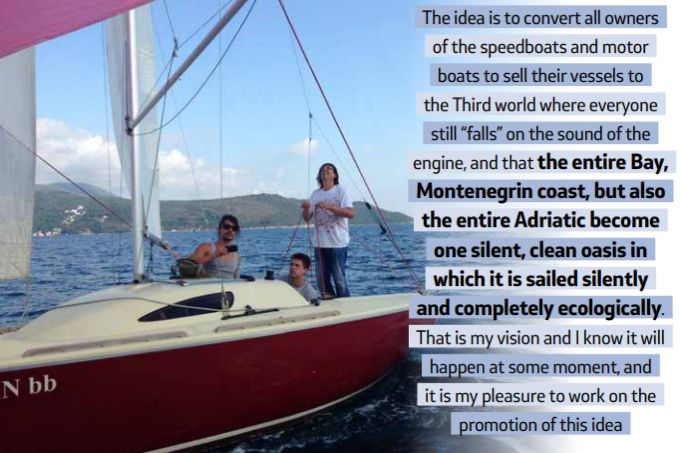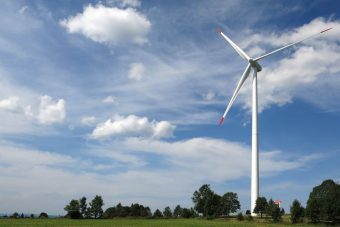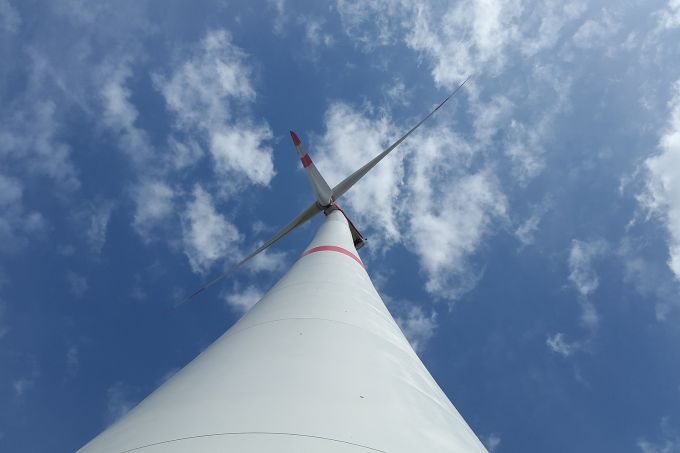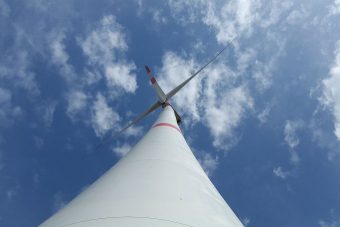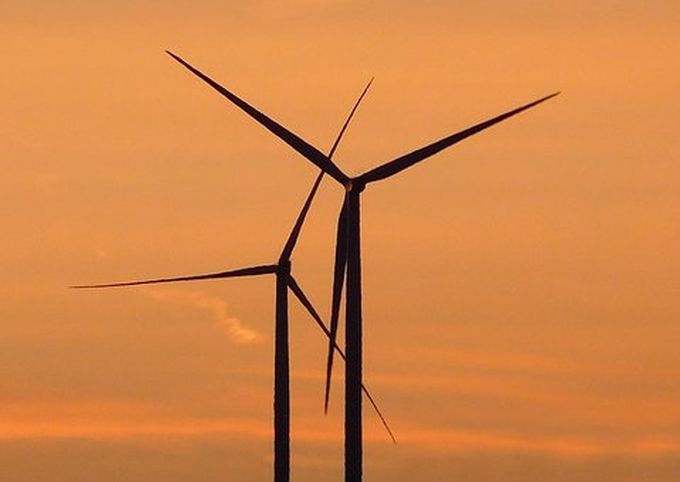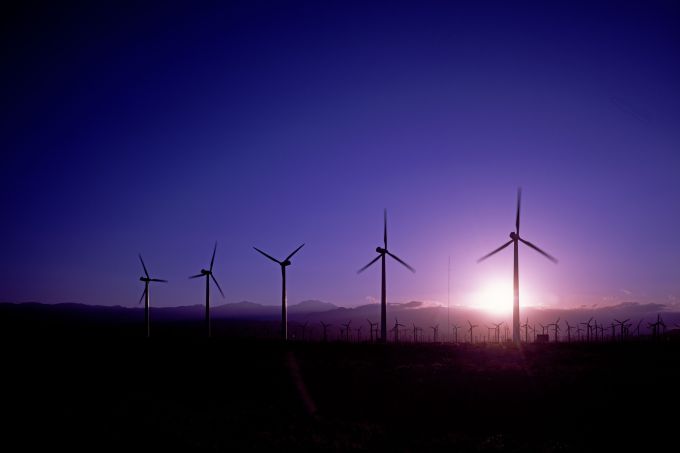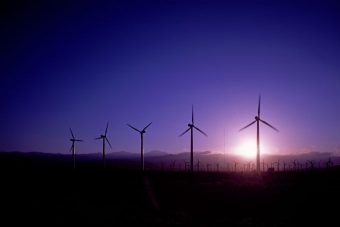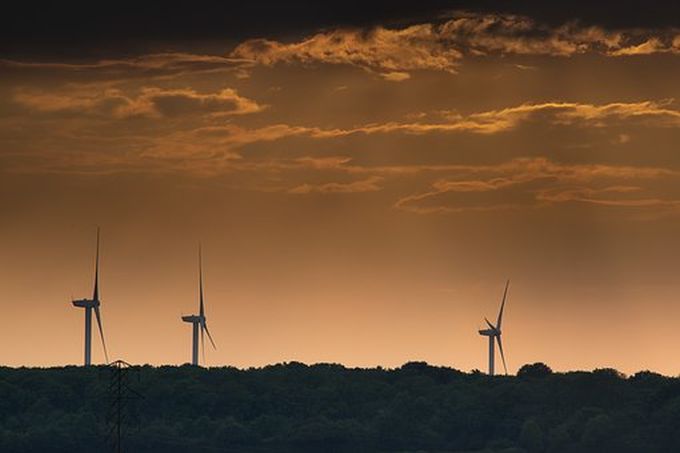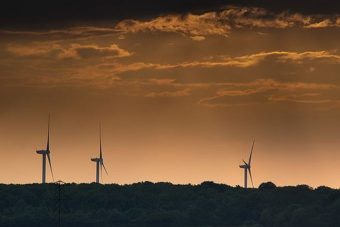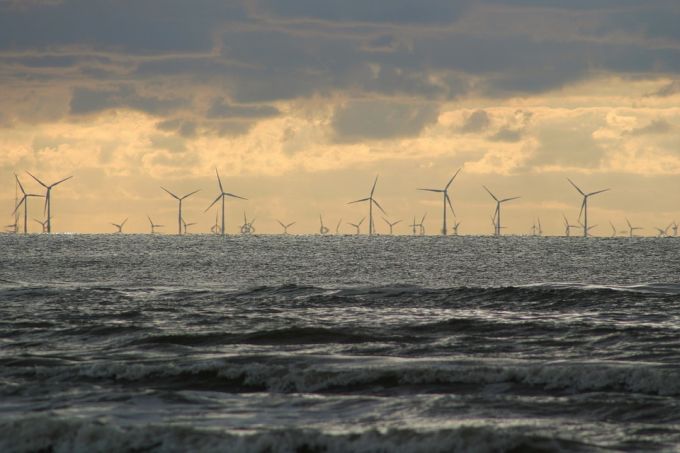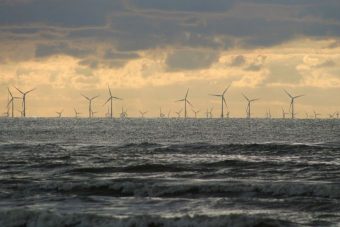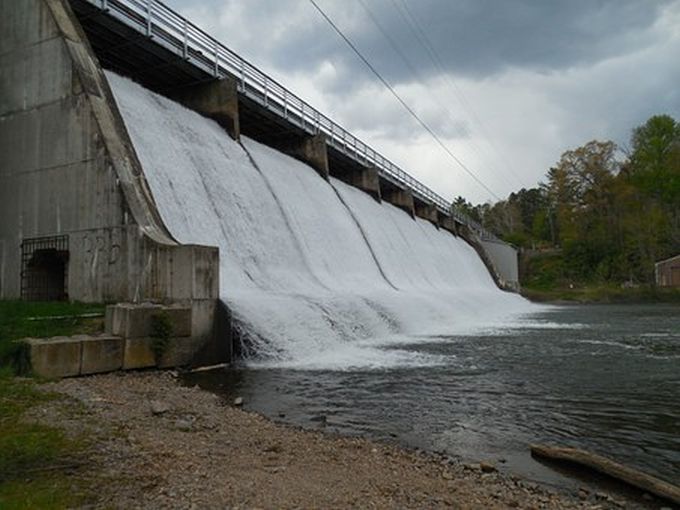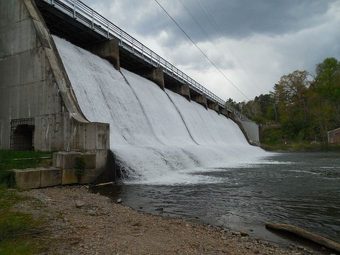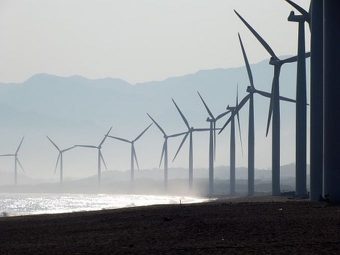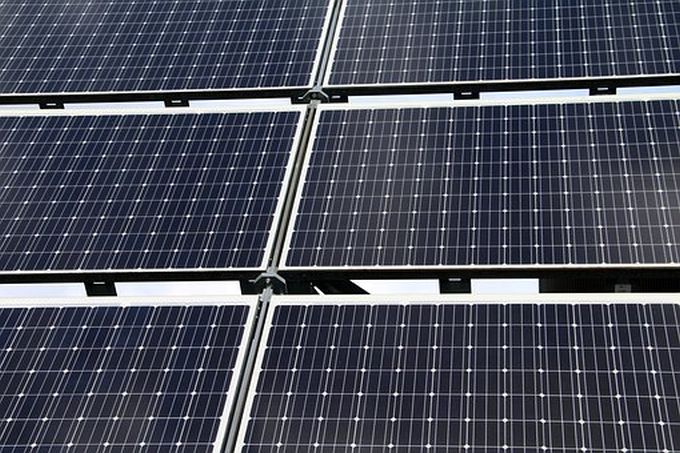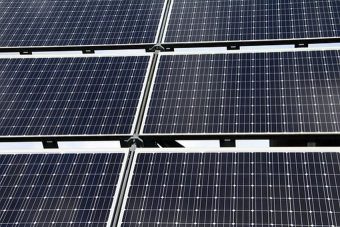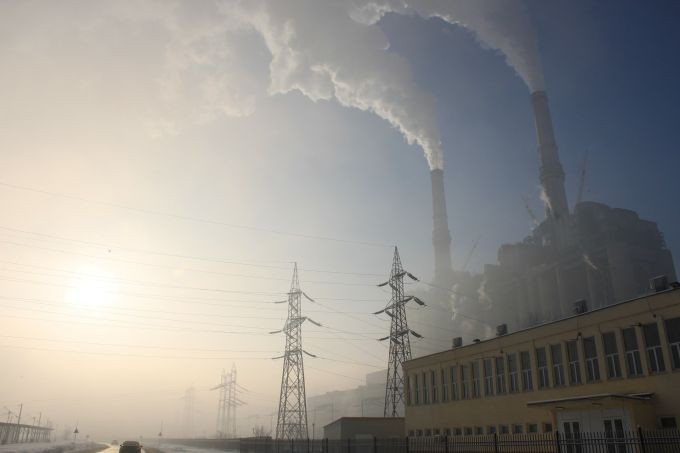
From today shoppers in Selfridges will be able to give their green credentials a polish thanks to a new partnership between the department store, waste giant Veolia and papermaker James Cropper, which together have launched a new initiative to turn the store’s old coffee cups into its iconic yellow shopping bags.
The ‘cupcycling’ programme will collect disposable coffee cups from Selfridges’ Oxford Street headquarters and retail store and ship them to Cropper’s recycling plant in Cumbria where they will be turned into paper for the shopping bags.
The closed loop system is an example of how coffee cups can become part of a circular economy system, according to Gavin Graveson, chief operating officer of public and commercial at Veolia.
Currently the UK uses around 2.5 billion paper cups every year, but the vast majority of these are not recycled.
“I’d like to take this opportunity to further encourage a mass collaboration between designers, manufacturers, vendors and consumers as we all have a part to play in making all of our packaging more environmentally friendly and ensuring our resources are kept in the loop for longer,” Graveson said in a statement.
Used coffee cups are difficult to recycle due to their mix of paper and plastic materials, as well as left over coffee. However, the cupcycling plant uses specially developed technology to separate the cardboard from the polyethylene lining. The paper fibre is then rescued and turned into luxury papers and the polyethylene is recycled into products such as plastic tubing and cable wraps. According to Cropper, one large Selfridges bag will contain the equivalent paper found in one 8oz cup.
“The fibre used to create paper cups is very high quality as only ‘virgin’ pulp is used to satisfy food contact requirements,” Steve Adams, managing director of James Cropper, explained. “Seeing this go to waste on such a huge scale is what inspired us to develop the technology to separate the two components. What we’re left with is material that’s virtually indistinguishable from fresh fibre and can therefore be used to create paper products of the highest quality, such as Selfridges’ bags.”
The news comes as coffee shops across the UK are facing increasing pressure to address the issue of waste cups, with Costa becoming one of the first brands to launch a nationwide coffee cup recycling scheme in February.
Source: businessgreen.com





